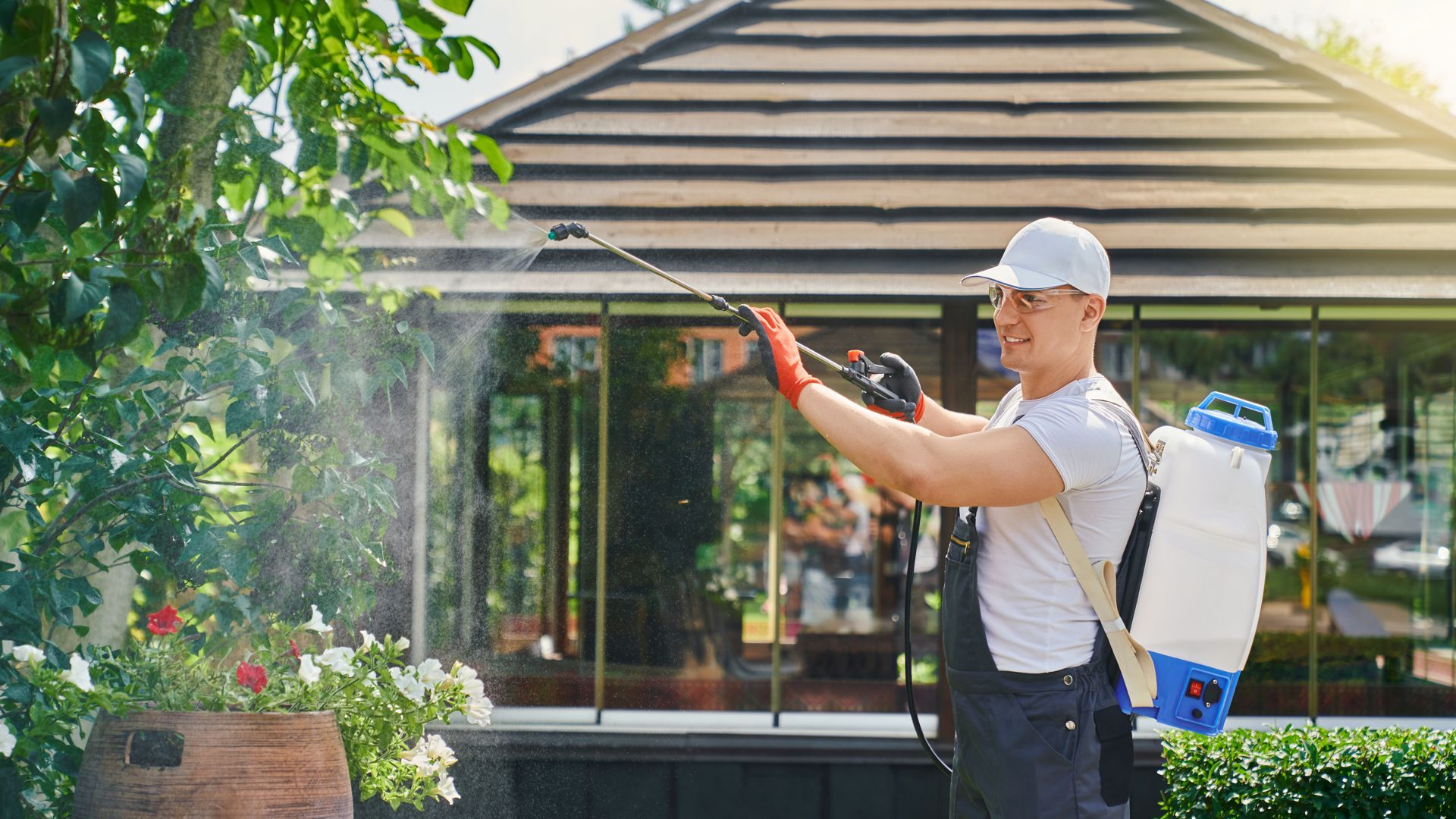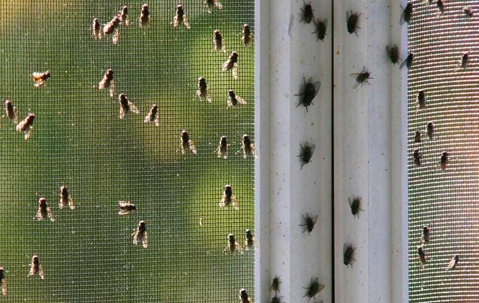Fly control in Los Angeles isn’t always easy. Like cockroaches, scavenging flies love to feast on just about everything that people eat, and they’ll do anything to get to it. Also like roaches, flies spread a litany of diseases, many of which can be serious, so it’s vital to keep them away from your home. Find out more about these annoying pests and how The PEST Group can help keep your home fly-free.
The Lifecycle Of Flies: Identifying Vulnerable Stages
Different kinds of flies go through their life stages at different rates, but most fly varieties have similar life stages. The first stage of fly development is the larval stage, which occurs immediately after fly eggs hatch. Fly larvae are called maggots, and they’re legless and soft-bodied, and usually look like small, white worms. The larval stage is one of the phases in which flies are vulnerable because maggots cannot fly and are usually found in clusters, so they’re easier to eliminate.
Next, comes the pupal stage. This is when maggots enter their puparium and go through the process of transforming into adults. Flies don’t feed at all during this stage, and they’re also very vulnerable because they cannot move and are also normally clustered close to the larval food source.
The least vulnerable life stage is when flies are adults. When they emerge from their puparium, flies can go where they want. Their ability to fly and spread out makes them much harder to eliminate.
Health Risks Related To Flies In The House: Protecting Your Well-Being
Flies in your house pose all kinds of health risks. They spread dozens of different diseases that can make you seriously ill. Flies are full of germs, and they must excrete enzymes to predigest their food before slurping it up. This means they regurgitate germs all over everything they land on. Diseases they can spread include:
- Salmonellosis
- E. coli infections
- Cholera
- Shigellosis
- Gastroenteritis
- Typhoid fever
- Dysentery
- Tuberculosis
This is the main reason why you want to keep filthy flies away from your property. Their buzzing may be annoying, and they may be ugly, but they can make you very sick.
Creating A Fly-Free Environment: Tips And Strategies For Prevention
It can be tough to get rid of flies once you have them. Basically, the only thing you can buy at the store for flies are sticky traps. These work great if you have a random fly or two buzzing around your kitchen, but they fail miserably for whole fly infestations, and we recommend avoiding store-bought sprays because they’re unsafe for use around people or pets.
Thus, preventing flies is your best bet, and that is fortunately much easier to do. A good place to start is sealing your home against these flying pests. Make sure all your window screens fit tightly and are free of rips and tears. Also, ensure your siding and foundation are free from cracks and holes.
Another great way to make your home less attractive to flies is storing your food in airtight containers and keeping your garbage tightly covered. Also, get rid of pet waste from your yard. These practices can eliminate fly attractants from your home.
Getting Rid Of Flies: When To Call In The Experts
If you are seeing large numbers of flies in your home, indicating you have an active infestation, it’s best to get local fly control involved right away. The longer flies are in your house, the more they reproduce, and the more illnesses they expose you to. That’s why you should call the fly elimination experts at The PEST Group at the first sign of trouble. We can help you make sure disgusting flies are gone for good.
View All Articles
